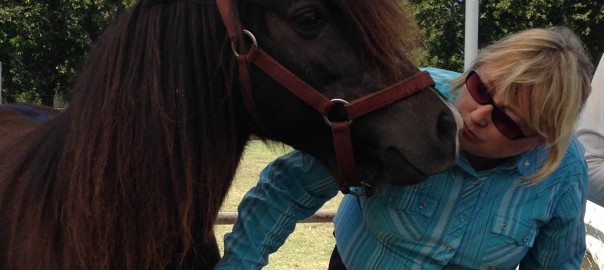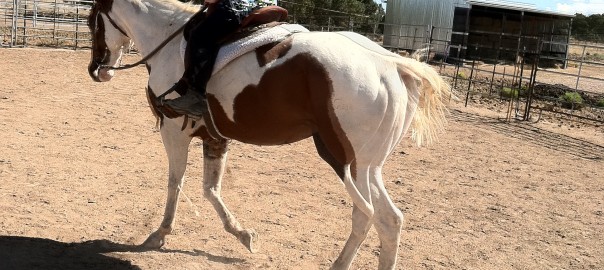Have you ever been “picked” by a horse?
Picked by a horse
abused horses, animal communication, energy work, equines, exercise, fear, healing, herd behavior, herd dynamics, horse training, horsemanship, horses, Horses at Liberty Foundation Training, Liberty training, OrthoHorse, Uncategorizedanimals, endurance riding, energetic connection, energy work, equine bodywork, equine liberty training, equine rescue, equine training, equines, herd behavior, herd dynamics, horsemanship, Horses at LIberty Foundation Training, OrthoHorse, rescue horseshorsesatliberty


















